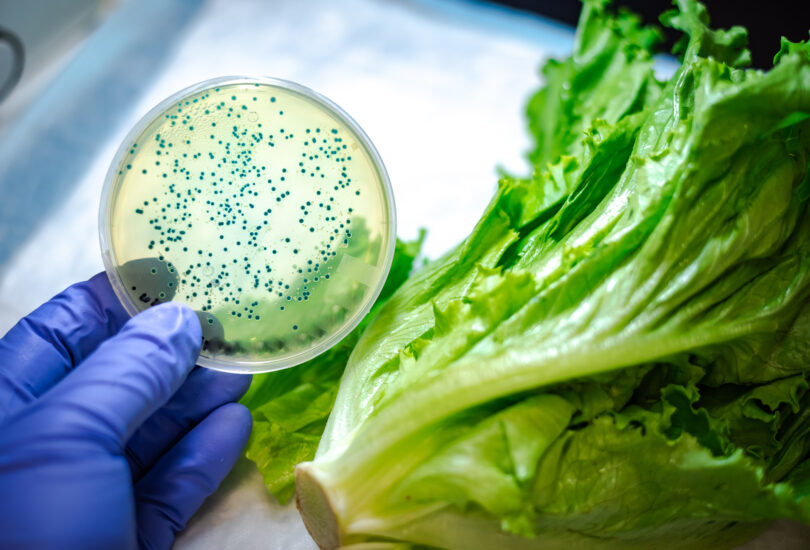チームの目標は、食品加工業者が食料品店の棚に製品が並ぶ前に汚染を特定できること。 The team’s goal is to help food processors identify contamination before products reach grocery store shelves
2022-08-10 ジョージア大学 (UGA)
 (Getty Images)
(Getty Images)
新しい研究では、UGAの研究者が電気化学的バイオセンシングの原理に基づく迅速な診断方法を紹介しています。電気化学的バイオセンサーは、使いやすく、特異性、感度が高く、低コストであるため、分子検出法に代わる有望な方法である。
研究者たちは、バクテリアに感染して複製するウイルスであるバクテリオファージをバイオレセプターとして使用し、電気化学センサーを用いてL. monocytogenesを同定しました。
いったんバクテリオファージが標的細菌を引き寄せると、生化学的情報を電気信号に変換して、汚染の存在を示します。
<関連情報>
- https://news.uga.edu/researchers-introduce-rapid-diagnostic-test-for-listeria/
- https://iopscience.iop.org/article/10.1149/1945-7111/ac7a63
Listeria monocytogenesを迅速に検出する電気化学バイオセンサー Electrochemical Biosensor for Rapid Detection of Listeria monocytogenes
Or Zolti, Baviththira Suganthan, Ryan Maynard, Hamid Asadi, Jason Locklin and Ramaraja P. Ramasamy
Journal of The Electrochemical Society Published 29 June 2022
DOI. https://doi.org/10.1149/1945-7111/ac7a63
Abstract
Listeria monocytogenes (L. monocytogenes) is a common foodborne pathogen that has been responsible for many foodborne illness outbreaks in recent years. Currently, Listeria contamination in food products is identified only through molecular tests conducted in diagnostic laboratories. No established phage based diagnostic methods for L. monocytogenes during food production or processing are used. Here we report a potentially disruptive rapid diagnostic method based on electrochemical biosensing principles that use bacteriophages as bioreceptors for selective identification and quantification of L. monocytogenes. Electrochemical biosensors are good alternatives to molecular detection methods due to their ease of use, high specificity, sensitivity, and low cost. Bacteriophages can serve as excellent biorecognition elements in biosensors due to their robust stability in a range of environmental conditions and their ability to distinguish between live and dead bacterial cells. The impedimetric biosensing platform for L. monocytogenes detection was developed by immobilizing P100 bacteriophage onto quarternized polyethylenimine modified carbon nanotubes using an in-house developed molecular tethering method. The resulting sensor showed high selectivity and sensitivity toward L. monocytogenes with a limit of detection of 8.4 CFU/ml. Initial results demonstrate that the biosensing platform is highly reliable in its selectivity towards its target analyte, L. monocytogenes.


